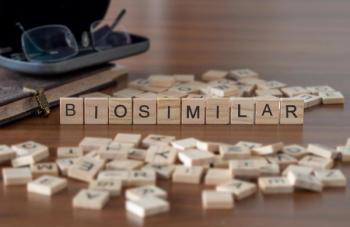
New Prosthesis Authorized for Leg Amputees
The first prosthetic device for adults with above-the-knee amputations who cannot use a conventional leg prosthesis is now authorized for use in the United States.
The first prosthetic device for adults with above-the-knee amputations who cannot use a conventional leg prosthesis is now authorized for use in the United States.
While a conventional socket prosthesis fits over the remaining part of a leg to secure the device to it, some amputees’ residual limb may not be long enough to properly fit such a prosthesis.
To bypass this problem, the new FDA-authorized Osseoanchored Prostheses for the Rehabilitation of Amputees (OPRA) device uses fixtures and screws implanted into the patient’s remaining thigh bone to connect an external prosthetic limb.
“The OPRA device may help those with above-the-knee amputations who have had problems with rehabilitation and have not been able to benefit from available socket prostheses,” stated William
Maisel, acting director of the Office of Device Evaluation in the FDA’s Center for Devices and Radiological Health.
The OPRA device is installed with 2 surgeries. The first procedure implants a fixture into the remaining thigh bone, while the second procedure, which is performed about 6 months later, implants a rod that attaches to this fixture.
Following the latter surgery, patients undergo rehabilitation with a trained physical therapist to gradually place weight on the OPRA device using a training prosthesis for approximately 6 months, after which they are fitted with their own customized prosthesis.
Newsletter
Stay informed on drug updates, treatment guidelines, and pharmacy practice trends—subscribe to Pharmacy Times for weekly clinical insights.

















































































































































































































